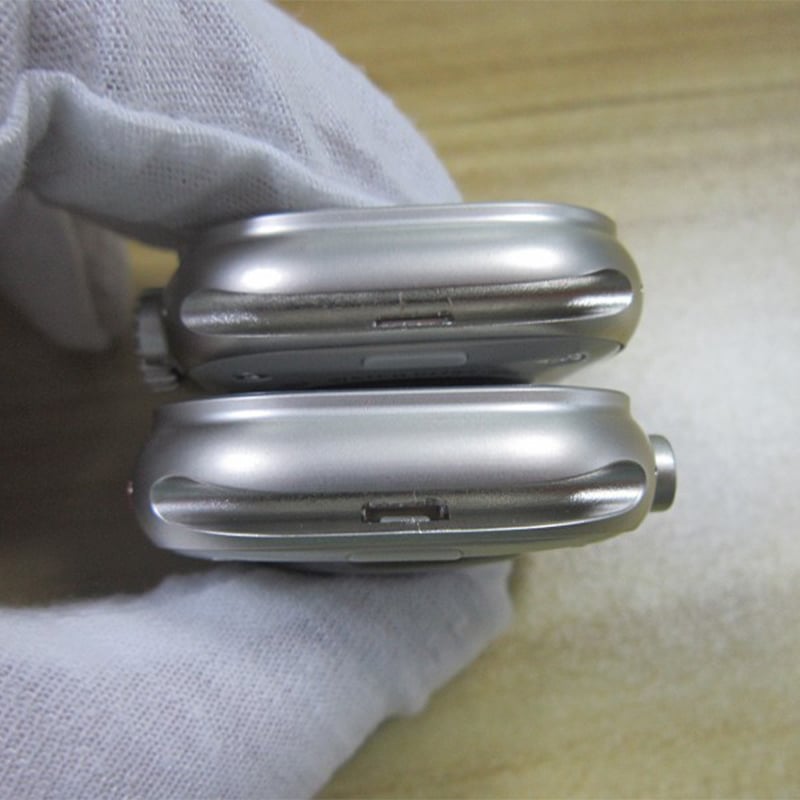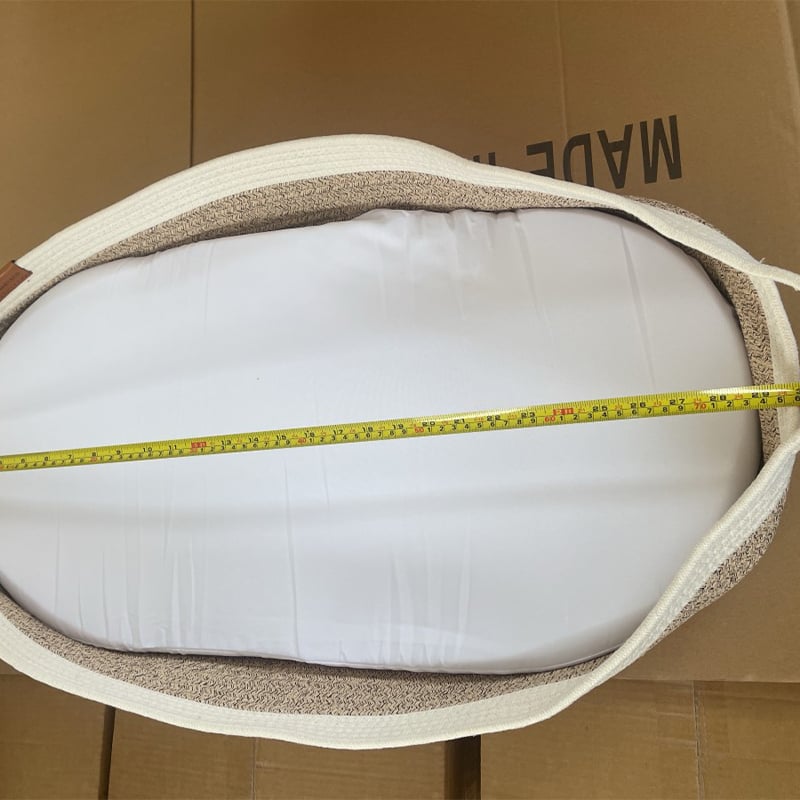
Inspection methods refer to the different techniques and approaches used to examine and evaluate products, components, or processes to ensure they meet specified quality standards and requirements. These methods are integral to quality control and quality assurance practices in various industries.Inspection methods help in identifying defects, ensuring compliance with standards, and maintaining overall product quality. They can involve various techniques such as visual inspections, mechanical measurements, chemical analyses, and non-destructive testing methods, depending on the industry and specific requirements.

Inspection methods offer several advantages. Firstly, they help ensure product quality and reliability by systematically detecting defects and deviations from standards. Secondly, they contribute to regulatory compliance, ensuring adherence to industry standards and regulations. Thirdly, inspection methods help optimize production processes and minimize waste by identifying areas for improvement. Additionally, they enhance customer satisfaction by delivering products that meet or exceed quality expectations. Moreover, inspection methods provide valuable data for decision-making and continuous improvement initiatives, ultimately supporting long-term business success and competitiveness.